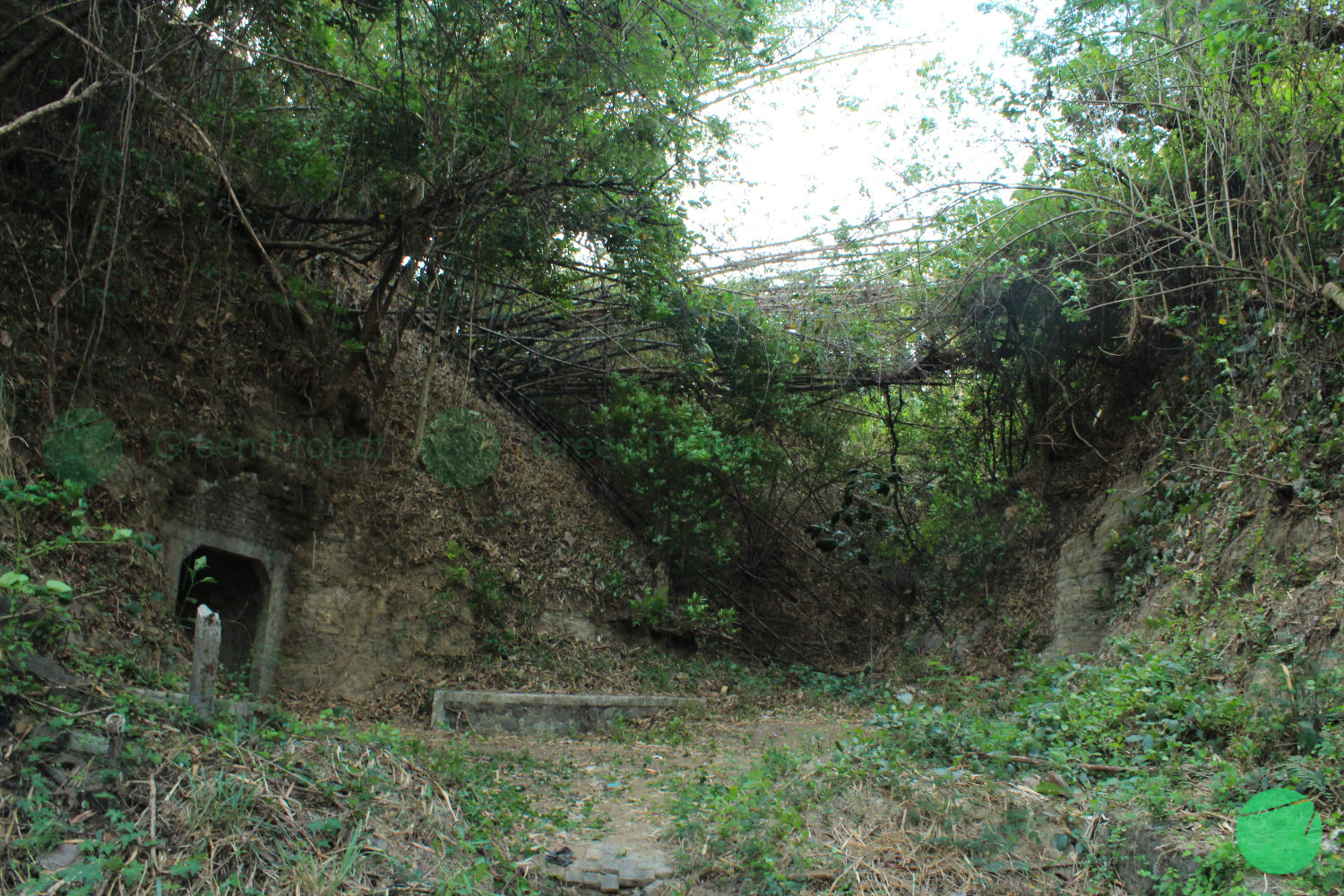Setu Patok Lake not only hides various species of natural vegetation, both flora and fauna. But it also has many stories and history about its natural and social environment. Apart from containing ancient tombs, Setu Patok Lake also contains several Japanese cave sites.
There are more than two of them with a relatively medium size, large enough for humans to pass by with a height and width of about two square meters each. The caves are located in the forest on the edge of the lake in a position that tends to face the lake. The shape is like a small alley that has no final path, or is a dead end. These caves seem to be quite useful for military purposes during the Japanese colonial era.
A location of the caves that is situated at the back of the Wangsakerta Foundation building, two caves stand facing each other, approximately 10 meters apart. To the left, you can see the path where the water usually flows.


The local government apparently planned to make it a tourist location in previous years. Even though this intention was not or has not really been realized, the remains of the development can still be seen. For instance, the stairs and the condition of the cave on the left which is slightly different with the addition of cement.


Based on strong assumptions, it can be said that these caves are artificial caves that were formed by widening small holes that were previously formed decades or perhaps hundreds of years ago through various natural phenomena that occurred in Setu Patok Lake. The cave material is a sedimentary rock with a wavy surface pattern formed as a result of the pressure of water flowing over it.



When were these caves created and discovered?
It is almost impossible to determine exactly when these caves were created and discovered. However, by mentioning the name of the location called the Japanese cave by the locals, it can be ascertained that these caves were discovered and used during the Japanese occupation, namely 1942 - 1945. No one can yet confirm whether these caves also existed or were created during the Dutch colonial era and reused during the Japanese colonial era.